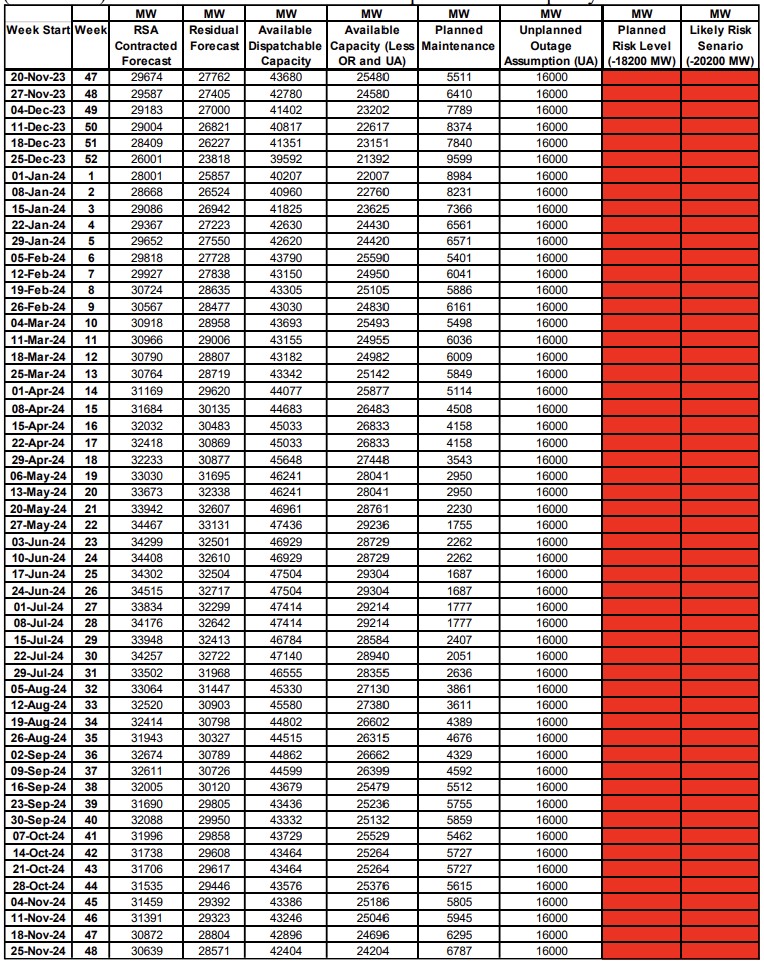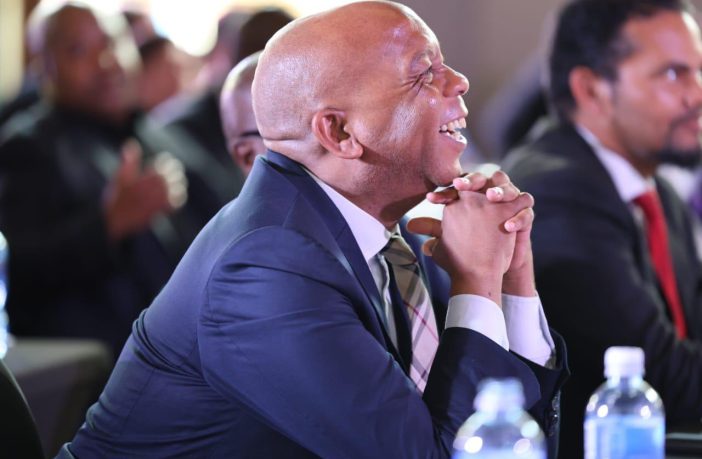- South Africa’s Minister in the Presidency for Electricity, Dr Kgosientsho Ramokgopa, has reiterated the urgent need for the building of transmission lines to unlock thousands of megawatts for the grid from new generation capacity.
- The problem is government does not have the money to invest in transmission infrastructure but still wants to retain onwership and management.
- Ramokgopa also said that there would be no need for a ministry for electricity by the end of this year because their will be significant improvements (in the energy sector) in the next three to five months
- Ramokgopa who is largely regarded as a croney appointment by the country’s president, Cyril Ramaphosa, has no authority to procure much needed new generation or transmission capacity which will solve the energy crisis.
“The major problem is transmission issues. We need to modernise and expand transmission by over 14 000km. To put it into context, in the past 10 years, we only did 4 000km. So, this 14 000km is to enable new generation capacity [to connect to the grid.
“If we had sufficient transmission capacity in the Northern Cape, Eastern Cape and Western Cape, the grid would have the benefit of over 11 000MW,” the Minister said on Tuesday.
The Minister was speaking during a panel discussion at Ninety One’s annual Infrastructure Forum held in Johannesburg on Tuesday. Ninety One is a global asset manager with emerging market roots and a commitment to developing specialist investment teams.
Ramokgopa said the amount of renewable energy that can be released is “healthy” however, challenges persist.
“The pipeline is healthy, with over 66GW that is there. We have already identified the corridors that must be prioritised, and we know out of those corridors, we can get 2 300MW.
“The intervention really is less on the transmission lines and the pylons. It’s about increasing the size of the sub-stations. Once we do that, we know we can get the benefit of that 2 300MW,” he said.
In an address to transmission EPC’s in October last year, Managing director of Eskoms’ new Transmission Company, Mr Segomoco Scheppers, said that the country needed to add more than 1500 km of new transmission lines annually over the next ten years. This is to ensure transmission capacity to accommodate more than 50 GW of new generation power which will mainly come from intermittent renewable energy (wind and solar projects).
Currently, Eskom’s transmission division is adding 300 km of new power lines annually. Scheppers confirmed that in the last ten years, only 4 347 km of new powerlines were added.
Another challenge is transformer capacity. Scheppers confirmed that more than 122 600 MVA transformation capacity would have to be added, representing 77% of Eskom’s current installed base of just over 160 000 MVA. In the last ten years, only 19 060 MVA has been added to the grid infrastructure.
Previously Ramokgopa confirmed that the National Energy Crisis Committee (Necom) is considering a public–private partnership model for transmission infrastructure to accommodate new generation capacity which includes intermittent renewable energy. The capex on this is pitched at R210-billion which Eskom and the government does not have. He added that there was no intention of relinquishing state ownership of the grid. Read more
At Tuesday’s talk, Ramokgopa, clearly enjoying the stage, said that there would be no need for a ministry for electricity by the end of this year because their will be significant improvements (in the energy sector) in the next three to five months.
During the Q&A session, Ramokgopa was quizzed on whether there was a political agenda at play with national elections coming up in a few months on 29 May 2024.
“Those are the facts. It startles me, they say resolve the problem, and when we resolve the problem, they say it’s elections. ”Even if the election is tomorrow we will continue to resolve the problem … I’m not a politician, I’m an activist who has been deployed to resolve this problem,” he said.
The reality is that decades of poor planning, corruption, fraud , theft, vandalism and sabotage at South Africa’s state-owned energy utility, Eskom, have eroded trust and confidence in the government to deliver reliable power to the people. The country’s state owned energy utility, Eskom, has deteriorated to the point where it cannot meet demand. Ramokgopa, who is largely regarded as a croney appointment by the country’s president, Cyril Ramaphosa, has no authority to procure much needed new generation or transmission capacity which will solve the energy crisis. Many argue that his appointment is for electioneering purposes only. Read more
While the level of blackouts may have been reduced, blackouts are a daily occurance, sometimes for up to 10 hours more. Many argue that the reduction in the level of blackouts is likely because by reduced demand due to the massive uptick of self generation in the private sector.
With the relaxation of generation license requirements for projects up to 100MW in August 2021 plus the fall in solar panel prices, there has seen a massive uptick in solar PV hybrid installations by businesses and homeowners at the point of use over the last year.
Bloomberg NEF expects over 3.5 gigawatts of residential and commercial solar to be added annually from 2023 to at least 2025, or until the electricity supply crisis ends – The South Africa Power Transition Outlook was produced by BloombergNEF in partnership with Bloomberg Philanthropies. Read the full report here.
Eskom System Operator outlook for loadshedding (blackouts) in 2024
South Africans can expect rotating blackouts at various levels on a daily basis throughout 2024.

Image credit: Chris Yelland. Chris is an energy analyst, consultant, electrical engineer, public speaker, writer and MD at EE Business Intelligence (Pty) Ltd. Follow Chris on X – @chrisyelland
Author: Bryan Groenendaal















